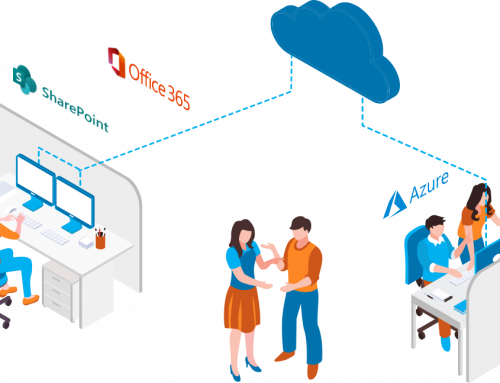This is by far my favorite feature of Service Pack 1 for SharePoint 2010. I can’t tell you how many excited SharePoint Administrators I’ve had when I mention this feature. It used to be quite a process to recover a site or a site collection when it was accidentally deleted by a user or administrator (and trust me, it happens way more than you might think).
So, once you deploy Service Pack 1, how do you go about getting your deleted site back?
First we’ll look at a deleted site. This one is actually nice and simple. You go to the Site Collection Recycle bin, make sure you select “Deleted from end user recycle bin” in the quick launch (see screen shot below), select the deleted site and click restore. It really is that simple!

Just a note you do need to be a site collection administrator in order to be able to access this recycle bin.
Secondly we’ll look at a deleted site collection. For this process you need to be a farm administrator as the process is performed from the SharePoint 2010 Management Shell on the SharePoint Servers. There are three PowerShell commands to take note of for this operation. They are:
Get-SPDeletedSite – this command gets a list of all deleted Site Collections in your farm.
Restore-SPDeletedSite – this command is used to restore a deleted Site Collection within your farm
Remove-SPDeletedSite – this command is used to actually clear out any deleted Site Collection you no longer want to keep (think “Empty Recycle Bin”).
Here are some simple examples of these commands being run.

Restore-SPDeletedSite

Remove-SPDeletedSite
Again, these are just some simple examples to show the basic functionality and how to go about restoring and removing deleted sites and site collections. There are a lot of other parameters available for the PowerShell commands that can be used to restore site collections to different web applications and perform other more advanced operations. You can read more about these parameters on TechNet via the links above. If I get a chance, maybe I’ll try to write about some of the additional parameters available and what you can do with them.


